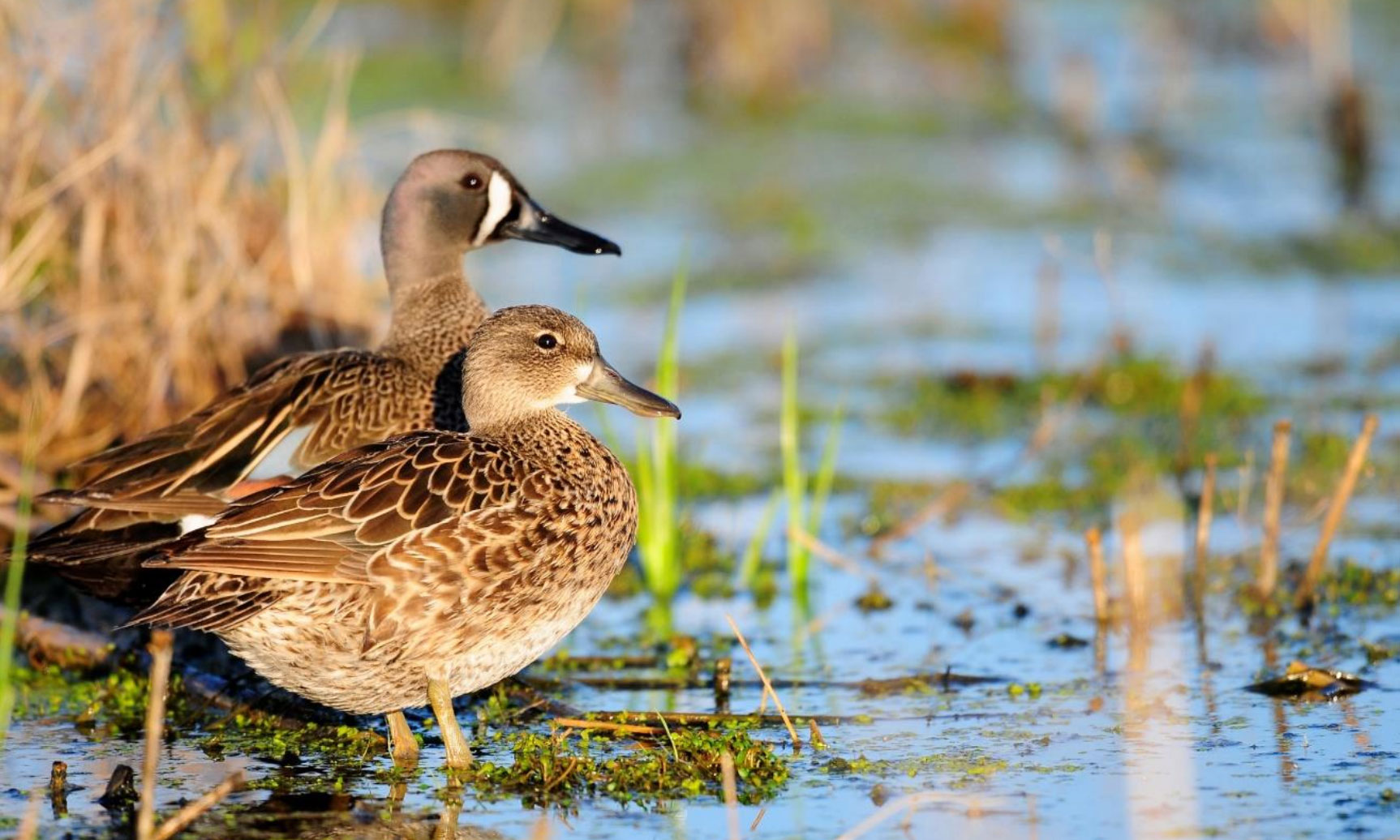
photo may give you an idea of what diving ducks look like from air.
We completed the waterfowl survey on Thursday, December 3rd following rain, wind, and snow earlier in the week. The snow and ice recorded during the previous week had melted, and water levels of the Illinois River were exceeding flood stage and inundating many new areas, especially bottomland forests. We found a significant number of the mallards this week in the flooded timber.
Illinois River numbers were 200,710 total ducks which was 13% below the 10-yr average. Mallards (123,970) were 28% below average for this time of year but stable from the previous week. We still had a few other species of ducks hanging around on the Illinois, namely greenwinged teal, gadwall, scaup, ring-necks, and ruddy ducks. Interestingly, I saw my first flights of field feeding ducks this week as I was driving back to the office at sunset following the duck flights. It might be time to hit the corn fields to harvest some of those hungry mallards.
Once again the Mississippi River was full of ducks (649,895); 58% above average for the first week in December. Huge numbers of ducks (145,100) were found at Cannon NWR this week near Annada, MO. But, even more impressive were the diving ducks along Pool 19 between Hamilton, IL and Fort Madison, IA. We estimated 120,000 canvasbacks and nearly 36,000 bluebills (lesser scaup) in two large rafts that encompassed a 15-mile stretch of the river. This number of canvasbacks is even more impressive when you consider there were only 760,000 breeding canvasbacks in North America last spring. In other words, relative to the 2015 breeding population, 16% of the canvasbacks in North America were observed in the vicinity of Nauvoo, IL last week. If you are seeking that trophy bull canvasback mount, now is the time to go diver hunting on Pool 19, Mississippi River.
Stay tuned for more updates next week…

